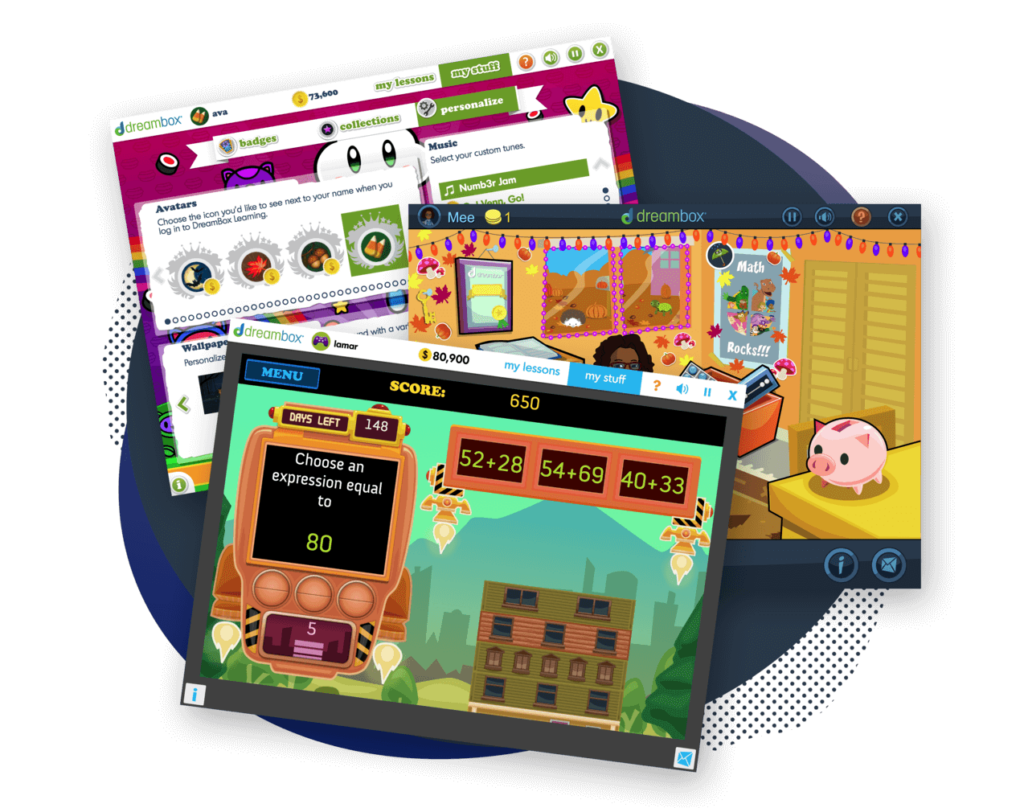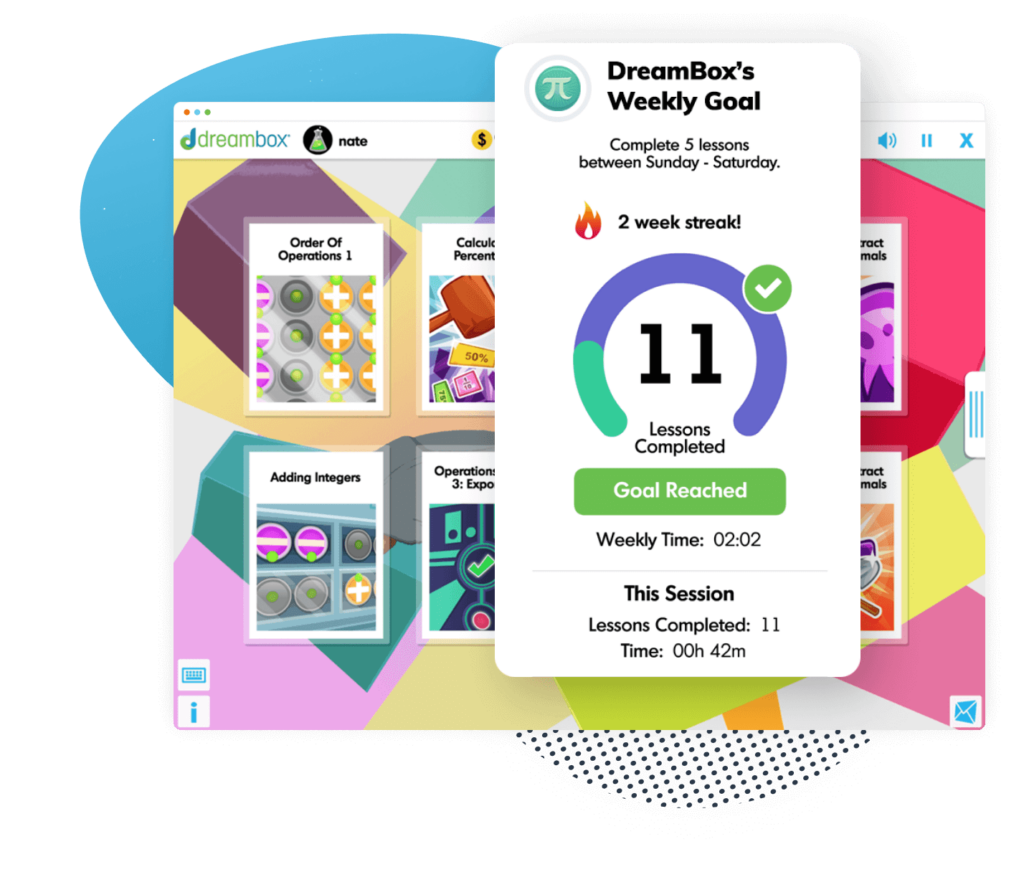The Metric System
Jump into the measurement system that is used around the world.

Author
Jill Padfield
Published:
Oct 2024
Key takeaways
- Metric is a worldwide standard – While some countries maintain their own, distinct units of measure, the metric system has been embraced around the world.
- Measure all sorts of things – The metric system covers length, weight, and volume with easy-to-remember increments.
- Zeros are the heroes – Usually, metric units are determined by how many zeros there are in the number. Each new zero is a new metric conversion.
The metric system is all around you. Grab the nearest bottle of soda or bag of chips and you’ll likely see liters or grams listed somewhere on the label. But what do these words mean, and why do we see such measurements alongside cups and ounces?
What is the metric system?
The metric system is a way to measure the world, just like the customary/imperial system used in America. Instead of thinking in miles when planning a trip, people who use the metric system think in kilometers. And this is a far more common way of measuring the world. Countries all over, from France to Japan to Ethiopia, use the metric system in industry and everyday life. In fact, the US is one of only three countries that doesn’t use the metric system regularly.
What makes the metric system so popular? Well, for one, having a uniform measurement system makes collaboration across borders much simpler. Additionally, it is also very easy to understand and calculate. The metric system is built around three main base units:
- Meter – Use variations of this to measure length and distance. One meter is about the length of a professional baseball bat.
- Gram – This unit is for weight. A paperclip or an American dollar bill weighs around a gram.
- Liter – This unit measures volume. Liters are easy, since you probably know this unit already. Most sodas come in two-liter bottles in the grocery store, and a quart of milk is very close to one liter.
From these base units, you can get the rest of the units in the metric system by adding prefixes to meter, gram, or liter. For example, something that is 1000 meters long is 1 kilometer because kilo means thousand. This is also true for grams and liters, which makes remembering the different units very simple.
Table of contents
Access more math practice with DreamBox
Turn math into playtime with DreamBox Math
DREAMBOX MATH
Get started for FREE today!

Metric units
If you are used to miles and ounces, the metric system might take a moment to get used to. Once you figure out the patterns, though, you’ll be able to easily measure all sorts of things. Check out the list below of the metric conversions we see used most often in everyday life:
- Length — Used to measure how wide or tall something is.
- Millimeter (mm)
- Decimeter (dm)
- Centimeter (cm)
- Meter (m)
- Kilometer (km)
- Weight — Used to measure how heavy something is.
- Gram (g)
- Kilogram (kg)
- Capacity — Used to measure how much (or the quantity of) liquid an object can hold.
- Milliliter (ml)
- Liter (l)
Examples of metric units
You talk about these measurements just like you would talk about miles, gallons, and other units of measure.
- The park is 5 kilometers away.
- I drank 3 liters of water because it was so hot.
- Not even a kilogram of ice could cool me down.
Metric conversions
The different units in the metric system revolve around how many of the base units they equal. For instance, measuring distance involves thinking about how many meters away something is. Remember, there are different words with different prefixes to express how many meters you’re working with. This is the case for units both larger and smaller than the base unit.
The tables below show units both larger and smaller than the starter base unit. As you look to the right, the units get smaller, and as you look to the left, the units get larger. Note the placement of decimals and the number of zeros attached to each value.
| 1000 | 100 | 10 | Base Unit | .1 | .01 | .001 |
| kilometer | hectometer | decameter | Meter | decimeter | centimeter | millimeter |
| 1000 | 100 | 10 | Base Unit | .1 | .01 | .001 |
| kilogram | hectogram | decagram | Gram | decigram | centigram | milligram |
| 1000 | 100 | 10 | Base Unit | .1 | .01 | .001 |
| kiloliter | hectoliter | decaliter | Liter | deciliter | centiliter | milliliter |
As you can see, moving on to the next unit is just a matter of moving the decimal to the left or right. One decameter is equal to 10 meters, a hectometer is equal to 100 meters, and a kilometer is equal to 1000 meters. Notice that each new unit is the product of multiplying by 10.
The same is true for division when looking at the units smaller than a meter. One decimeter is 1/10 or .1 of a meter, a centimeter is 1/100 or .01 of a meter, and a millimeter is 1/1000 or .001 of a meter.
Generally speaking, people seldom use measurements with the hecto, deca, and deci prefixes in everyday situations. Regardless, these are good to know in order to understand the steps in metric units.

The math program that drives results
Get started today!
DreamBox adapts to your child’s level and learning needs, ensuring they are appropriately challenged and get confidence-building wins.
The metric in the real world
Even in America, the metric system is becoming more and more common. You likely see and use the metric system in all sorts of situations:
- Serving sizes on various food products
- Measurements in recipes (especially those written in/from other countries)
- Athletic competitions such as track and field
- Getting measurements for certain types of clothes
Advantages of the metric system
There’s a reason why most of the world uses the metric system:
- Simplicity — Conversions in the metric system are simply a matter of multiplying or dividing by 10. This ease allows for quicker calculations and less room for error.
- Universality — With so much of the world using the metric, professionals and scientists can share data easily without needing to convert from one measurement system to another.
- Flexibility — Since all the units in the metric system use the same prefixes—regardless of what you are measuring—the system easily adapts to your every measuring need.
Let’s practice together!
1. How many centimeters are in 5 meters?
A centimeter is 1/100 of a meter, which means each meter equals 100 centimeters. Multiply that by 5 and you get 500 centimeters.
2. Convert 3.5 liters into milliliters.
3,500 milliliters. A liter is equal to 1,000 milliliters, so you have at least 3,000 milliliters in 3.5 liters. The .5 decimal value indicates that there is an additional half a liter to account for. Half of 1,000 is 500, so our total is 3,500 milliliters.
3. What is smaller, 100 centimeters or 1/1000 of a kilometer?
This is the same amount, 1 meter. 100 centimeters equals 1 meter, and a 1,000 meters equals 1 kilometer.
Ready to give it a go?
- Metric is an easy-to-use system once you know the prefixes. Refer back to the tables from earlier to help you remember what the units are called.
Practice Problems
Click on the boxes below to see the answers!
A decimeter.
Centimeter is smaller.
Meters measure length, grams measure weight, and liters measure volume.
Parent Guide
-
1. A decimeter
How did we get here?- 1. 1/10 of a meter means we are dividing 1 meter by 10, once.
2. One division by 10 is one spot to the right on the table, which brings you to decimeter. -
2. 1000
How did we get here?
The prefix kilo means thousand, so a kilogram is 1,000 grams. -
3. 1.5 liters
How did we get here?- 1. 1,000 milliliters equals 1 liter, so we are left with 500 milliliters.
2. 500 milliliters is half of 1,000, so you can express that as .5 liters.
3. Put those together and you have 1.5 liters. -
4. Centimeter is smaller
How did we get here?- 1. A centimeter is 1/100 of a meter while a hectometer is 100 meters.
2. This means that a centimeter is much smaller than a hectometer. - 5. Meters measure length, grams measure weight, and liters measure volume.
FAQs about math strategies for kids
When the world began the shift to metric in the late 1700s, England decided against adopting the new system. Since America was still closely tied to the British Empire, the New World decided against using the metric system. Since then, the customary system has become part of the American identity, which has, in turn, caused some resistance to changing to the metric system.
The metric system is based on base units like meters and liters. Larger units equal each unit multiplied by ten. Smaller units result from dividing units by 10. The imperial system uses units with historical origins dating all the way back to ancient Rome.
Try converting customary units into metric when you get a chance. Make recipes in metric, think about distances in kilometers, and pay attention to the metric labels on the foods you buy.
Take at home math practice to the next level
Empowering parents and educators to make math practice more impactful. Plus, your kids will love it.


